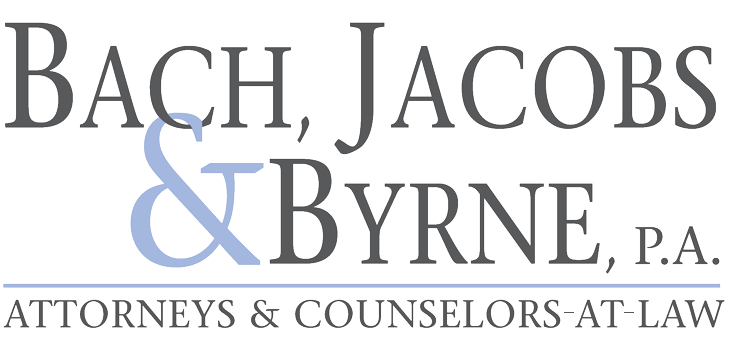What is the “Secure Act 2.0”?
On March 29, 2022, the House of Representatives passed the Securing a Strong Retirement Act (“the Act”) with a bipartisan vote of 414 to 5.
The Act has been nick-named the “Secure Act 2.0” as it aims to build upon the 2019 legislation by improving employee retirement savings opportunities.
Noteworthy changes passed by the House include:
Mandatory Automatic Enrollment/Escalation: this would require employers to automatically enroll their newly hired employees in retirement contribution plans at 3% of the employee’s pay, increasing annually by 1% to at least 10% but no more than 15% of an employee’s paycheck.
Increase 401(k) Catch-Up Contributions: Keeping the existing 401(k) and 403(b) catch-up contribution limits for those aged 50, the Act would increase the annual catch-up limit for those aged 62-64 from $6,500 to $10,000 beginning in 2024.
Allow Roth Matching Contributions: Beginning in 2023, employers matching contributions would allow employees to elect some or all of their matching contributions to be designated as Roth contributions.
Delay Mandatory Distributions: the RMD distribution age would further increase to:
- 73 starting in 2023
- 74 starting in 2030
- 75 starting in 2033
Expedite Part-Time Worker’s participation: The SECURE Act 2.0 would shorten the period for eligibility from three years to two years.
Authorize Student-Loan Matching: Under the SECURE Act 2.0, employers would have a statutory basis for matching contributions based upon employees’ student loan payments, regardless of whether the employee is making retirement contributions.
Incorporate tax planning for retirement accounts into your estate planning by contacting Bach, Jacobs & Byrne, P.A. at (941) 906-1231.



